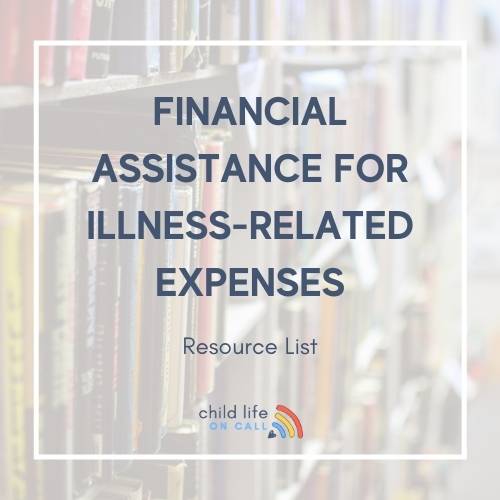We can improve our relationships with pediatric patients through better communication skills sprinkled with a bit of child development. By practicing these techniques, the care team can build trust and establish rapport with young patients.
Here are few tips for both the care team and parents to keep in mind that will improve communication between kids and the healthcare staff.
Here are few tips for both the care team and parents to keep in mind that will improve communication between kids and the healthcare staff.
Build a human connection as soon as possible.
A connection between two people is like a bridge between them. It helps you understand each other better and makes you feel closer to one another. This benefits the child the child and care team – you’re no longer two strangers working alongside each other… you’re building a relationship.
Questions kids can ask their care team to get to know them better:
- How long have you worked here?
- What’s your favorite movie?
- Do you have any pets?
Questions the care team can ask kids to get to know them better:
- What’s your favorite color?
- What’s your favorite room in your house?
- What is your favorite book?
Don’t be afraid to use play.
Play is more than a useful tool that helps build a connection between two people. Neuroscientists discovered that enrichment such as toys, games, and playing can alter a brain’s chemistry and the child’s development. The brain area associated with higher cognitive processing (the cerebral cortex) can benefit from environmental enrichment and children’s play more than other parts of the brain. Source: (parentingforbrain.com)
This means that while you are playing, you are actually helping the pediatric patient be able to process better the world around them.
How to quickly introduce play between a child and the care team:
- Start with a quick game of patient room I-Spy
- Show them a favorite toy and ask if they had one as a child
- Invite the care team member to take a turn in a game.
How a care team member can quickly play with a child:
- Get down on the child’s level and ask them to guess your favorite color
- Get down on the child level, and see if they know how to play with your stethoscope
- Get down on the child’s level, and ask them to play rock, paper, scissors
Understand the child’s past experiences and misconceptions.
Because of the way the brain develops, children can be very literal thinkers. They tend to take things literally, so if they hear something once, they will often believe it without question. If you want to help them learn, try using different words or examples when explaining concepts. For example, instead of saying “we need to start you on medicine,” say, “we have a special liquid that will help your body feel better.”
How to understand what child is thinking:
- Try making up simple stories about what you are trying to teach. This can help a child understand the concept better and it will make them more interested in learning what is happening.
- Make sure that you give children lot of preparation to come up with questions about what is happening. Encourage questions at any age.
- Ask them to tell you what they think is going to happen, and address the misconception.
- Children may not fully understand what happened during an operation or procedure. You can help them by explaining it in simple terms so they understand what was done.
The impact of a strong, human connection between pediatric patients and the care team can only strengthen and reinforce the care plan.In fact, we know this human connection is so important that it is one of the key features of the Child Life On Call app. Families are able to get to know their care team on a human level with questions like, “what is your favorite quote?” and “what is your favorite food?” It deconstructs the often invisible wall between patients and the care team. Want to learn more about the app? Schedule a demo here.













